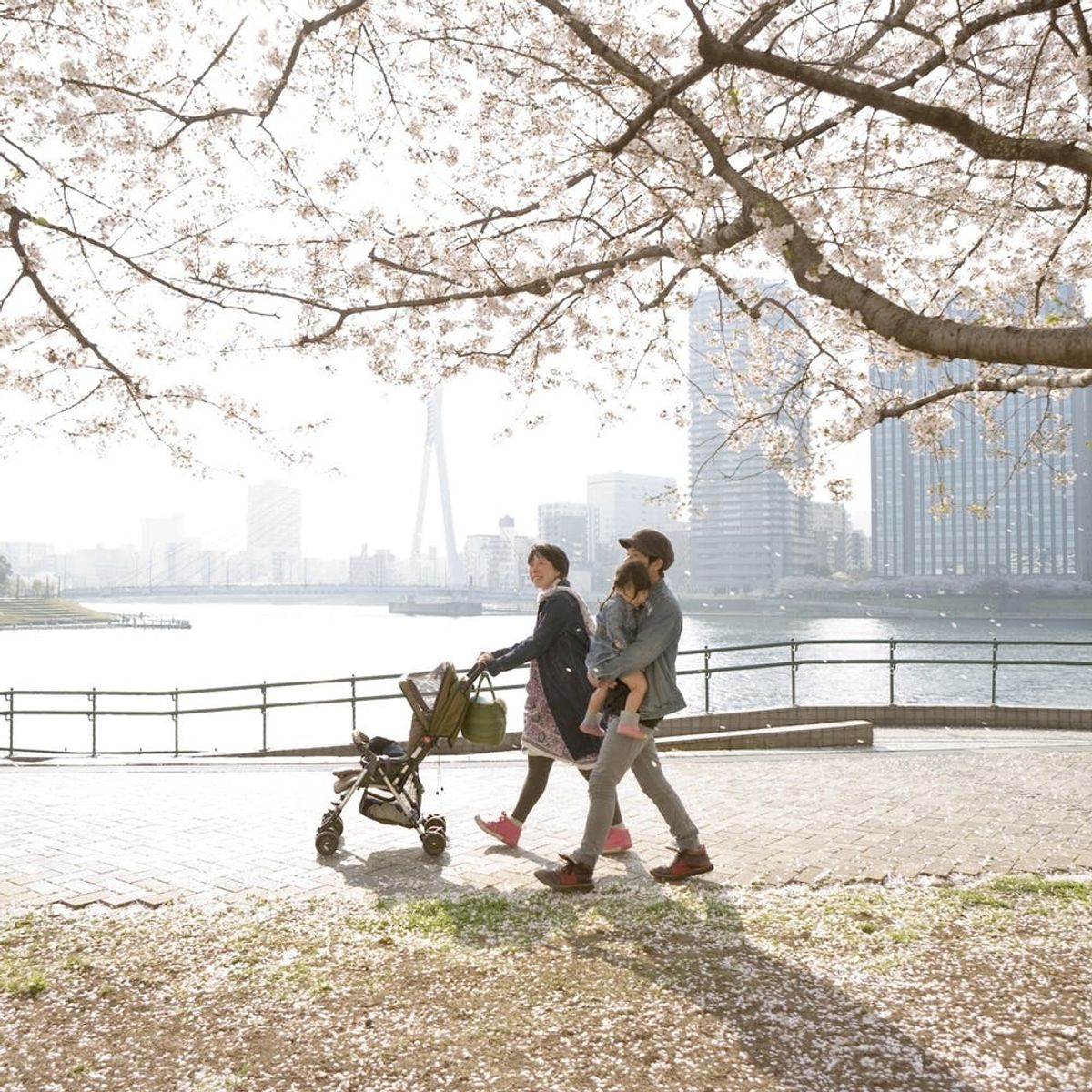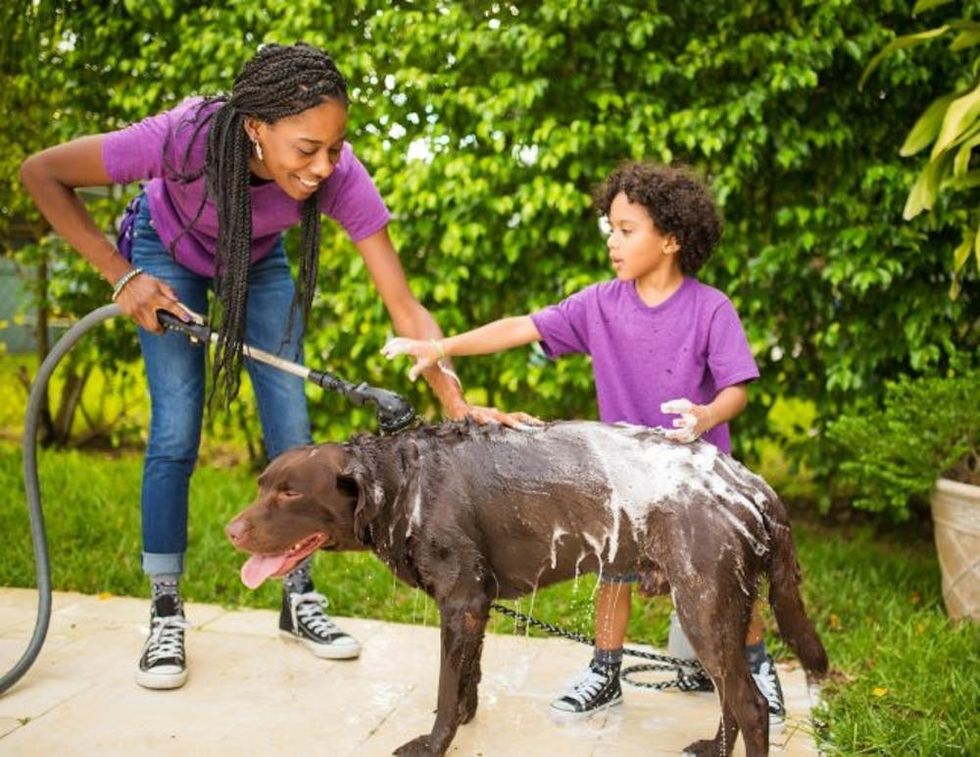10 Natural Ways to Fight Seasonal Allergies

Spring has many virtues: warm weather, gorgeous blooms for floral DIYs, cute shift dresses for Easter Sunday. But there’s one springtime visitor we can do without: the seasonal allergies brought on by all the pollen, dust, and mold. “The long winter and all the rain have made pollen counts particularly high this year,” Pennsylvania-based allergist Dr. Sandra Gawchik explains. The tiny pollen specks that help guarantee us a green, blossom-filled summer also cause some of our bodies to go into fight mode, triggering sneezy, wheezy symptoms. Depending on how bad things get, your doctor can recommend the best course of treatment, but there are things anyone can do to help your situation on the front end. We tapped experts to dish on solid habits and hacks to curb and calm the seasonal woes that plague nearly 50 million Americans.

1. Clean, clean, clean. Hit your carpets, curtains, behind the bed, under couches, inside your car — everywhere you typically skip and where allergen-filled dust accumulates, waiting to wreak havoc. Laura Martinez, director at Agua Spa in Miami’s Delano Hotel, tells us that cleaning is the best thing you can do to control and prevent allergy attacks. You can’t live in a bubble (though some days it may be tempting), but you can do your part to limit exposure. “You have to set yourself up for success and protect your spaces before things get worse,” Martinez maintains. Spend a day getting everything tidy and clean, and then set up a simple weekly cleaning routine to keep allergens at bay.
2. Make a tonic. Whip up an isotonic saline nasal rinse to clear out any pollen hanging around your nasal cavity. Allergist Dr. Linda Ford suggests mixing 1/2 teaspoon of non-iodized salt with 1/4 teaspoon baking soda in 1 cup of distilled water. Use a neti pot or spray bottle to rinse away culprits.
3. Get some vitamin C.Dr. Jesse Sandhu, Medical Director at IV vitamin treatment center VitaSquad, explains that the body releases histamines to “fight off” allergens, which is what causes sneezing, watery eyes, and all the other annoying (and sometimes debilitating) symptoms. “Most people don’t know vitamin C is a natural antihistamine,” he observes. “I recommend taking it in high doses.” You can take the vitamin as a dietary supplement or through an IV, which is said to be more potent. “Vitamin C is a safe, water-soluble vitamin, so you cannot overdose,” Dr. Sandhu reassures us.
4. Wash your hair. We love our dry shampoo too! But skipping washes this time of year isn’t great for allergy sufferers. Dr. Sakina Bajowala of Allergist Mommy recommends that you wash your hair every day. “Airborne allergens can get trapped in your hair during the day,” she points out. “Wash it out each night, so you don’t end up sleeping in a mane full of pollen or mold all night.”
5. Rethink your wardrobe. Dr. Bajowala also suggests wearing natural fibers, like cotton and linen, which produce less static electricity and attract fewer allergen particles. Silk is also a safe choice.

6. Bathe your pup. Just like your hair, fur is a pollen magnet, which is why you should be more diligent with your pet’s hygiene in the spring and summer. “This will decrease exposure to pollen when cuddling furry family members,” reveals Dr. Pamela Georgeson of Michigan’s Kenwood Allergy & Asthma Center. Wipe down outdoor-loving pets every day, and commit to bathing them at least once a week.
7. Chill out. Not only are puffy, red eyes not cute, but they’re also super uncomfortable, especially when the puffiness is coupled with itching. Although only meds will take care of the core symptoms, Dr. Gawchik suggests using cold compresses for immediate, short-term relief. Fill a basin with cold water and ice cubes, and soak two washcloths in it. Wring one of the washcloths out, and hold it over your eyes until it’s no longer cold. Then swap out for the other icy rag. You’ll start to feel relief in about 10 minutes.
8. Get a fan. As nice as it is to open a window on a lovely spring day, it’s also a surefire way to welcome pollen into your home. Most allergists recommend running your AC this time of year to cool your pad — just make sure the filters are clean — but if you prefer energy-efficient solutions, Dr. Gawchik suggests getting an exhaust fan, which works by sucking air in rather than blowing around stale air and allergens. You may also want to consider an air purifier, which makes air cleaner over time.

9. Track the pollen. Check pollen counts before going outside. Keep in mind that between 5am and 10am is prime pollen time. In the 18th century, botanist Carl Linnaeus created a “flower clock” that showed the daily patterns of dozens of blooms. Back then, he discovered the same thing weather apps tell us today: Most flowers open up in the early hours. Dr. Gawchik says those who are sensitive to pollen should avoid being outside during those times.
10. Breathe easy.Aromatherapy pros recommend sniffing oils to help clear nasal passages. Before trying any sort of aromatherapy, check that you are not allergic to the plant source to avoid triggering the same symptoms you are trying to fight. Martinez recommends eucalyptus because it’s one of the most universal plants. “Most people don’t have allergic reactions to eucalyptus,” she asserts. “And it tends to work well for pregnant women too.” She uses a eucalyptus spray everywhere from the bed, to the car, to the shower. (Martinez suggests placing a few drops around the drain to create a steam-room effect.)
Tweet us your natural allergy hacks @BritandCo!
(Photos via Getty)



















